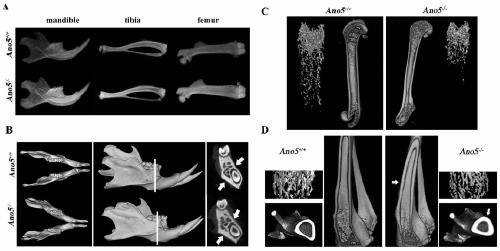Construction method of Ano5 gene knockout mouse model
A gene knockout, gene technology, applied in the fields of genetics, biology, and pathology, to achieve stable and stable effects
- Summary
- Abstract
- Description
- Claims
- Application Information
AI Technical Summary
Problems solved by technology
Method used
Image
Examples
Embodiment 1
[0041] Example 1 Construction of Ano5 knockout mouse model
[0042] 1. According to the sequence of exons 11 and 12 of the mouse Ano5 gene (GenBank: NC_000073.6), sgRNA was designed based on the CRISPR-Cas9 system; the sgRNA sequence of Ano5 is as follows ( figure 1 -A):
[0043] Recognition site on exon 11: 5′-CCTGGGATGTTATCTGGCTTGC-3′
[0044] Recognition site on exon 12: 5′-CCAGGGATGTGTGCACACTAGGC-3′
[0045] 2. PMSG-treated C57 / BL6 female mice (3-week-old, average body weight 15g), injected with hCG 46 hours later, and mated with male mice. The fertilized eggs were collected the next day for microinjection. 100ng / ml) and the mRNA of Cas9 nuclease (50ng / ml) were transcribed in vitro and injected into fertilized eggs together, and the fertilized eggs that survived the injection were taken and transplanted into pseudopregnant female mice to produce mice, that is, the F0 generation mice.
[0046] 3. Extract the tail DNA of the F0 generation mice, and sequence the PCR ampli...
PUM
 Login to View More
Login to View More Abstract
Description
Claims
Application Information
 Login to View More
Login to View More - R&D
- Intellectual Property
- Life Sciences
- Materials
- Tech Scout
- Unparalleled Data Quality
- Higher Quality Content
- 60% Fewer Hallucinations
Browse by: Latest US Patents, China's latest patents, Technical Efficacy Thesaurus, Application Domain, Technology Topic, Popular Technical Reports.
© 2025 PatSnap. All rights reserved.Legal|Privacy policy|Modern Slavery Act Transparency Statement|Sitemap|About US| Contact US: help@patsnap.com



